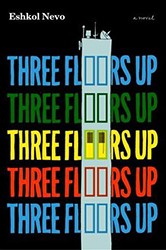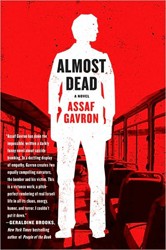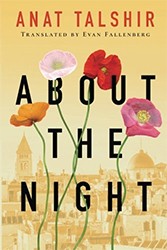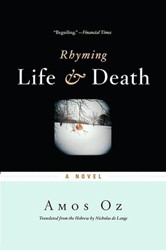Yoram Kaniuk, who passed away in 2013, was for a long time the enfant terrible of a generation of Israeli writers that included Amos Oz, A. B. Yehoshua, and David Grossman. Less known to American readers than he deserves, Kaniuk is a strange and orthogonal writer, never lining up with the pieties his audience might be expected to harbor. An implacable critic of religion, he most famously he petitioned the Israeli government to remove his status as a Jew for religious purposes. In disaggregating religion from nationality, Kaniuk blazed a bureaucratic path that others have followed, one that is commonly known as lehitkaniuk in his honor.
Between Life and Death is very different than the large and ambitious books that built Kaniuk’s canon, which include such classics of Hebrew literature as Adam Resurrected (1971)and The Last Jew (2006). This latest book, published by Restless Books and ably translated by Barbara Harshav, takes as its subject Kaniuk’s four-month near-death interlude in a Tel Aviv hospital, which included long stretches in a coma. The book’s style embodies this “betweeness”, proceeding with the associative logic of an anesthetic rather than an authorial consciousness. Kaniuk is in his head and out of his body, often at the same time. While there are flashes of insight, “coming back from death may have been among the strongest experiences of my life,” as a whole the book presents challenges to even the most sympathetic of readers. There is much repetition, and the tone is difficult to parse — somewhere between an extended reverie, a diary, and a hospital live-blog. It is also marred by Kaniuk’s bitterness to any manifestation of Judaism, an opposition that comes off here as small and narrow rather than high-mindedly polemical. Kaniuk’s wife and daughters, who stand watch by his bedside, remain gauzy and blurred figures, more presences than people.
There is something undeniably admirable in the work to turn suffering into art. The final words of Kaniuk’s epilogue constitute a goodbye, rather than a see you later: “And now, as an old man with cancer and a hernia and a destroyed belly, I leave you.” We are poorer for Kaniuk’s final exit, and reminded that the time between life and death is a wisp of a shadow that passes in the blink of an eye.
Related Content:





